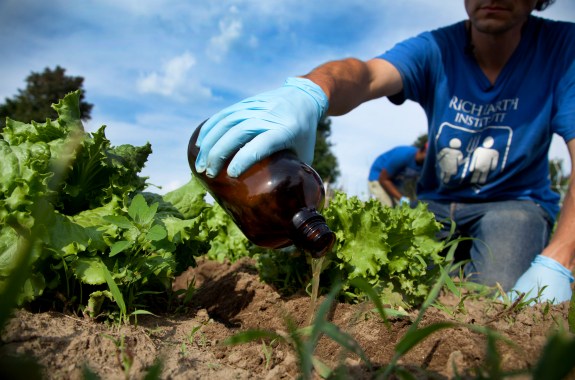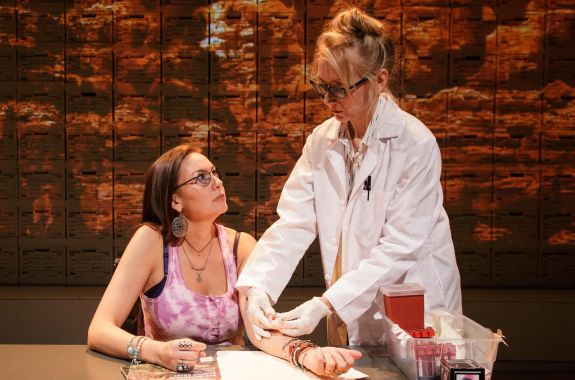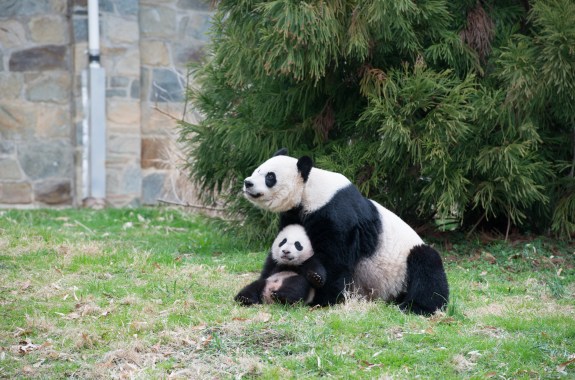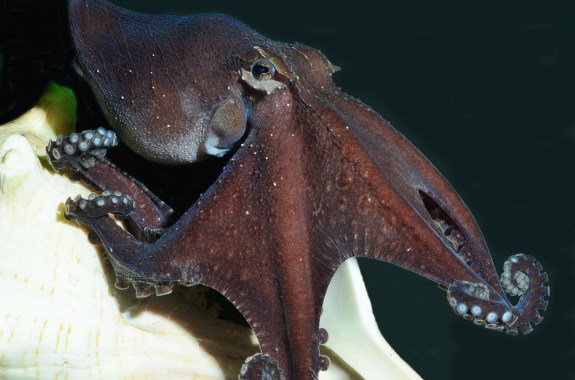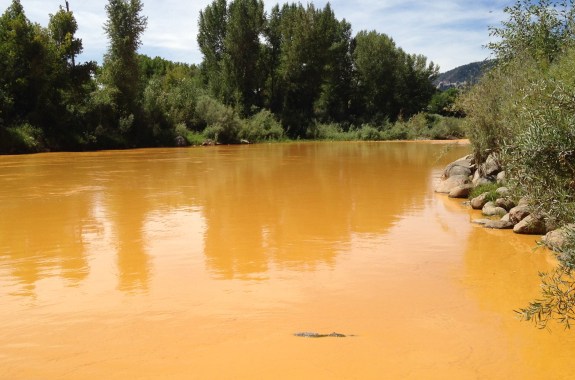Radio
Listen to Science Friday live on Fridays from 2-4 p.m. ET
April 18, 2025
Are traffic engineering decisions based on evidence-based research? Not as much as you might think. Plus, researchers captured the first confirmed video of a colossal squid swimming in its natural habitat. And, with brain-implanted devices, people with paralysis have been able to command computers to “move” virtual objects and speak for them.
11:44
Crowdsourcing Planetary Names, Female ‘Viagra,’ and a Vomit Machine
BuzzFeed News science editor Virginia Hughes shares her top stories from this week in science, and Scientific American editor Lee Billings discusses crowdsourced planetary names.
24:26
Employee or Datapoint?
The data employers are gathering on their employees aren’t always a fair measure of efficiency or success, and in some cases, it’s an invasion of privacy.
8:38
How To Be A Garden Whiz
Could urine be the gold standard when it comes to fertilizing your garden?
11:57
Do You Understand the Richter Scale?
Seismologist Lucy Jones explains what earthquake magnitude means and why we should measure earthquakes differently.
17:27
Museum Plays Art and Technology Matchmaker
LACMA’s Art & Technology program brings together artists and tech companies to see what the two can create together.
11:58
El Niño Vs. the Blob, Yeast Painkillers, and a Butter Bummer
This week’s news roundup takes us to San Francisco, where Ira is joined by KQED science and environment reporter Lauren Sommer.
7:46
The Strangely Social Life of the Larger Pacific Striped Octopus
A new study reveals surprising mating, dwelling, and feeding behaviors in one rare species of octopus.
11:55
Gold King, and Other Abandoned Mines Plague Colorado
The EPA accidentally triggered a blowout at the Gold King mine in Colorado, releasing three million gallons of wastewater into the Animas River.
